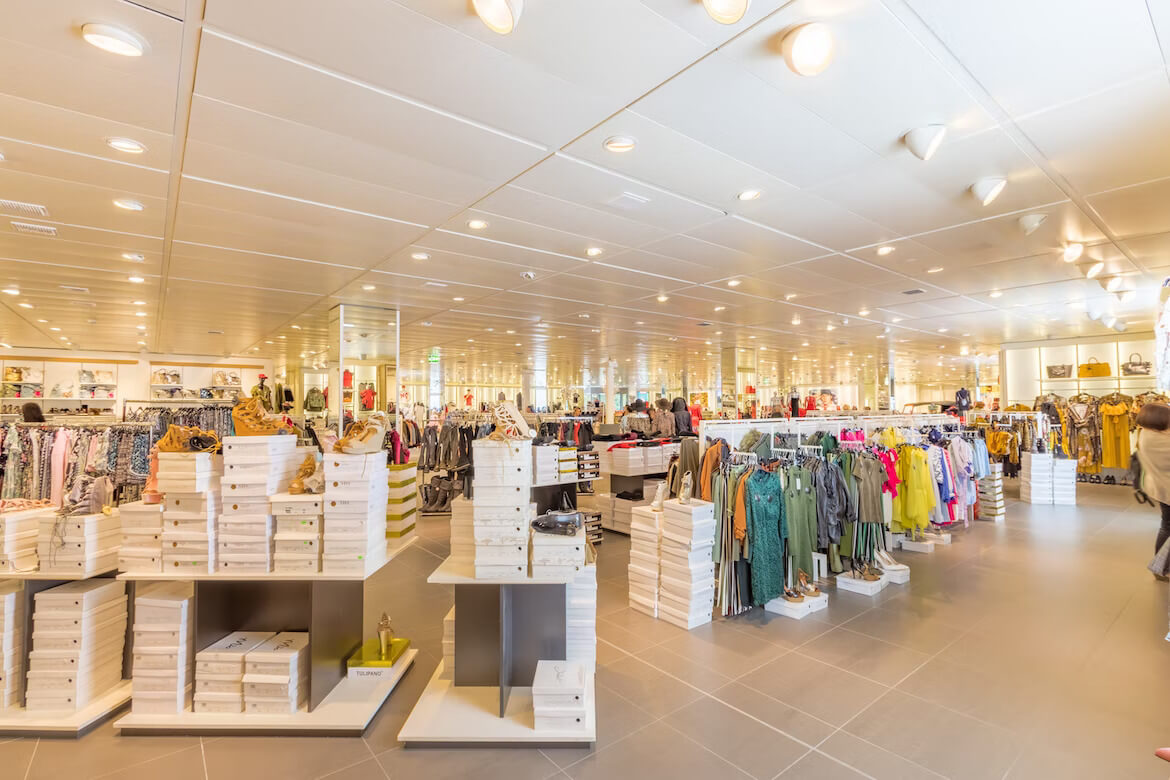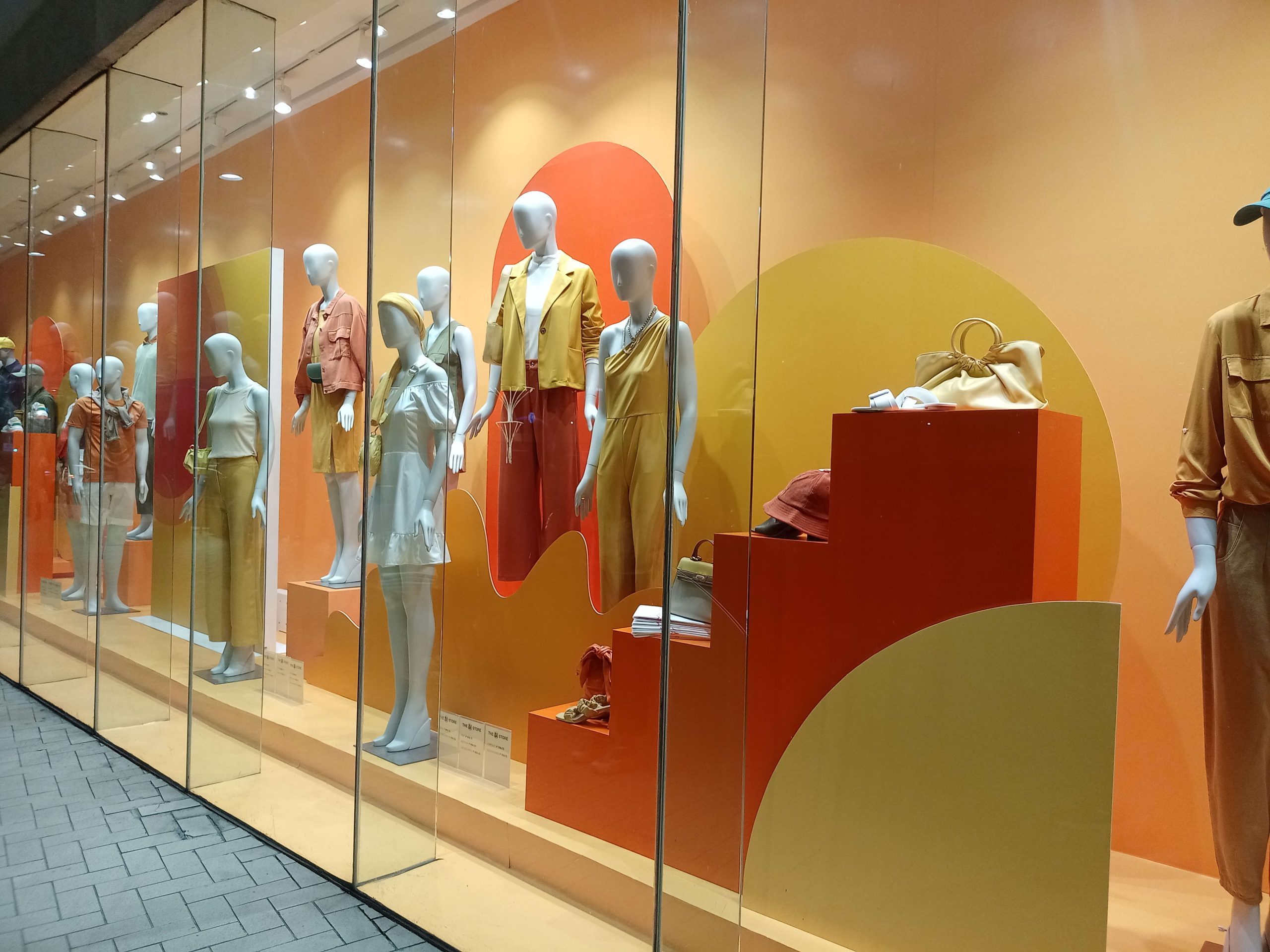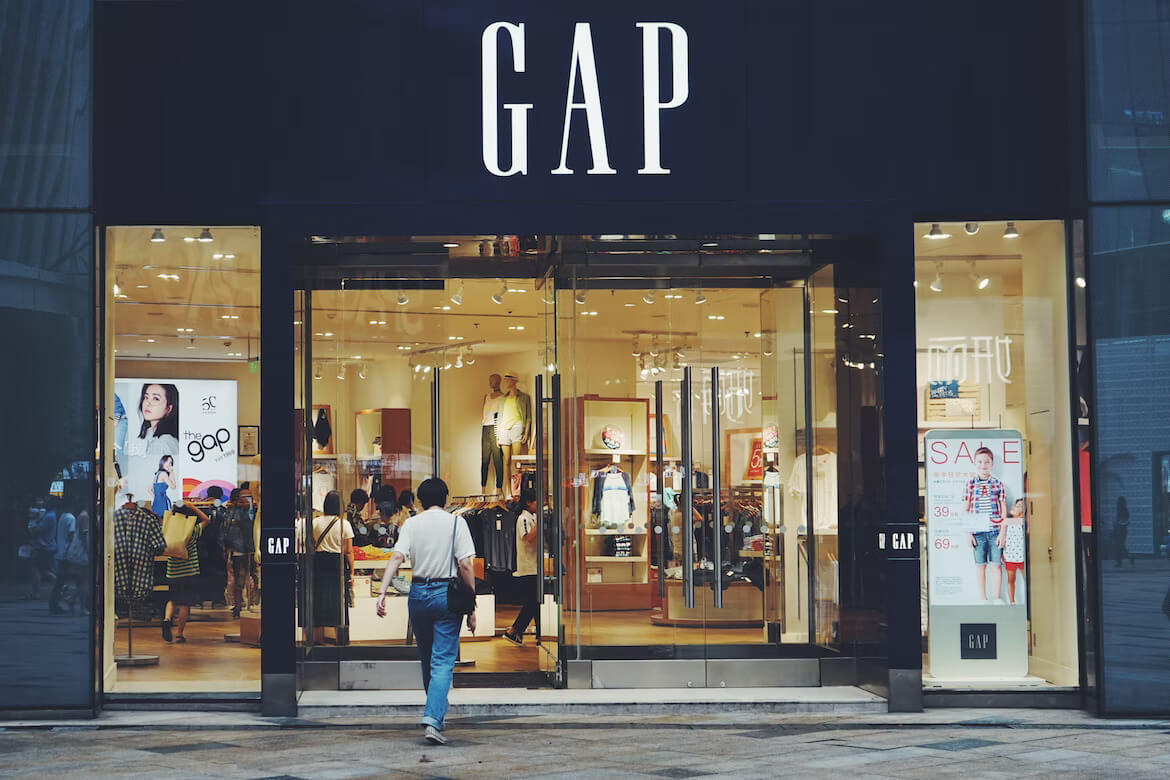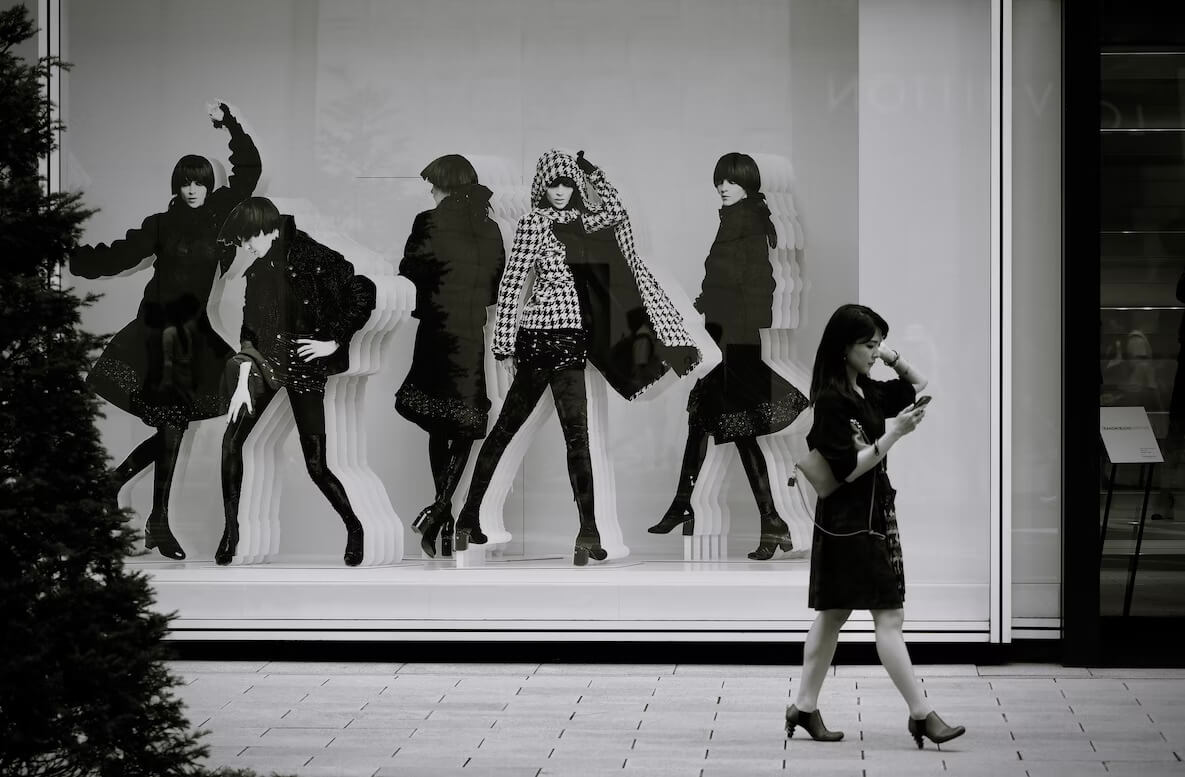Visual Merchandising: The Art of Selling
22/09/2023 2023-09-22 15:54Visual Merchandising: The Art of Selling
If you have ever set foot in a store checking out the window display or picked out a product while shopping, you have been bewitched by the visual merchandising at work.
Well-designed products are the point of entry. But visual merchandising is what gets customers into the store and spend some cash. It exceptionally transforms a physical environment into an extension of a brand’s personality, alluring consumers to spark sales. From product placements to display signs, store atmosphere to music background and even scent – makes up retail merchandising.
Keep on reading to better understand the concept of store display, including visual merchandising principles and techniques.
Divulge into the Meaning and Importance of Visual Merchandising
Visual merchandising entails the practice of planning, organising, and displaying products in a retail space to accentuate their features and benefits. The central focus of retail merchandising is to tap into human emotions and senses to strike the right cords that push them to possess the product on display.
Even though its goal is to attract and motivate customers to make purchase decisions, it also creates brand awareness and boosts customer loyalty alongside leaving a lasting impact on consumers’ minds.
Let’s take a detailed look at the importance of visual merchandising below:
Improves customer experience
A good customer experience is a key to unlocking the door to running a thriving business, and retail merchandising is a vital part of it. It ensures the retail space is organised in a constructive and attractive manner that not only brings customers in but helps them find what they’re looking for easily.
Influence buyer’s decisions
The visual display makes use of neuromarketing to influence consumers’ buying decisions by tapping into their unconscious minds. This consists of strategic product placement, profitable items at eye level, music to influence customers subconsciously, fragrance to make them desire more and store paint – to set the mood.
Reflects brand image
A good retail merchandising display is created in line with the brand’s personality. As such, when all the stores follow the same set of display guidelines, it promotes a sense of identity and brand consistency.
The Key Elements of Visual Merchandising
Think about your favourite retail store and why you are fond of them. If you mull over, it won’t be just one single aspect that makes the store appealing but a range of physical components that work in conjunction to create a mesmerising experience.

Here are the six critical elements of visual merchandising:
- Colour: A powerful element that stirs emotions, colours reflect different moods and themes. Choose a colour scheme that best suits your brand. You can also opt for contrasting colours to make the interior more eye-catching.
- Lighting: It can bring out the colours of the store to life and draw attention to specific products or key areas of stores.
- Space: The spacing and layout of the store dictate its performance. If customers aren’t able to function in the store, it won’t be possible to secure a sale.
- Sound: Sounds like old rock music or ambient nature can further help to set up a pleasant mood and improve the overall atmosphere of the place.
- Smell: Scents can influence people’s emotions and trigger memories; as such, they have the potential to affect consumer behaviour.
- Texture: Contrasting textures will enable retailers to amplify their displays. For this, they must examine their offerings and what textures complement them well in order to improve consumer interest and purchase.
Types of Visual Merchandising: Capture your Customer’s Eye in Different Forms
Retail stores are designed and organized by brands in one of the following ways:
Window Displays

A window display is one of the most important types of visual merchandising that helps to catch passerby’s attention and bring them into the store. Retailers use window displays to highlight new product collections or promote sales or discounts.
Interactive Displays

A recent trend has brought into the picture interactive experiences and digital signage that supports retailers in crafting unique in-store experiences. They precisely work as these displays work and move around, drawing shoppers and engaging them.
Mannequins

One of the old-age types of display in visual merchandising, mannequins work well because they mimic the human body and showcase how garments will actually look when worn. Considering they are pretty cost-effective and easily accessible for use – mannequins are every retailer’s best friend.
Store Design
A store layout and design significantly impact a customer’s attention and how they impact purchasing decisions. Every detail matters, from the colour of the walls to the positioning of the product.
Visual Merchandising Strategies: Step Up Your Retail Game
A retail store needs to consistently bring on its A-game, delivering the best visual representation of its products at all times.
Here are some of the best visual merchandising strategies that will help out:
Build a Cohesive Visual Experience with Colours
A uniform colour palette matching your brand personality will support a cohesive visual experience in-store and draw attention to key elements of your space. Limit the use of colours – pick three to four hues at a time that works best with your merchandise.
Using bright colours to catch the shopper’s attention and spotlight specific production and darker shades to keep the eye moving is one of the most effective visual merchandising techniques.
Play Off the Theme Card
Consider designing the retail store using themes to reflect your brand image or even launch a new product, special promotion or seasonal items. Themes can be as in-depth as making use of a fictional storyline or as simple as coordinating colours.
Make use of Signs to Direct & Inform Consumers
Effective signs are a major contributor to seamless customer experience. It further supports a positive brand image as they guide shoppers to specific items and shares essential information that makes them make informed decisions.
Focus on the Point of Purchase (POP) Displays
If retailers have a specific product line that customers will enjoy and most likely purchase, they can promote the same with POP displays. A temporary physical or digital display is positioned around products you want to draw attention to or advertise more.
Bottom Line
Visual merchandising is a critical tool that can either make or break your retail store front. It’s more than just about physically arranging your merchandise in an aesthetically appealing manner. From the brand image and voice to customer preferences and product features, everything goes into making the storefront a visually enthralling experience for consumers. Taking the time to understand the brand and products – as will ultimately help to create a design that’s remarkably right for your store.
If you are interested to learn more or are fascinated with the field, why not opt for a BSc. in Fashion and Apparel Design from JD School of Design? The course accentuates an in-depth understanding of design, illustration, and visual communication to help out with effective store displays and introduces you to merchandising techniques that encourage customer purchases.
So, enrol today and carve a career in the enthralling visual merchandising field!













